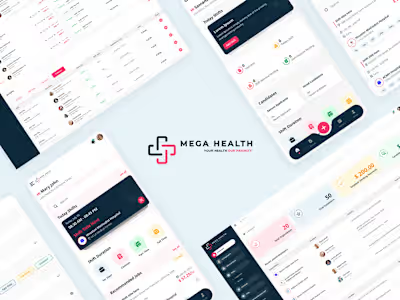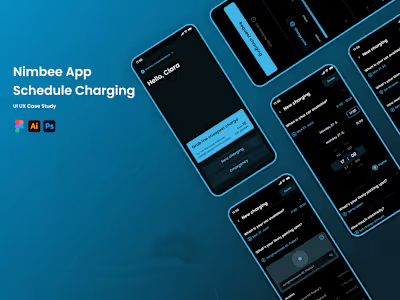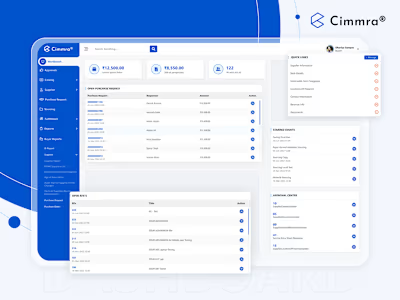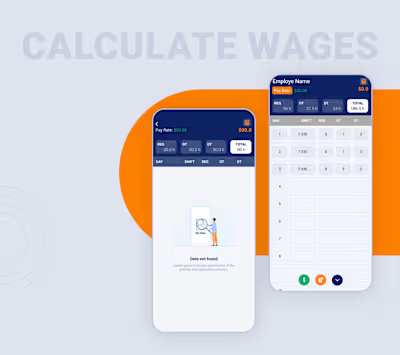Figma Design System: Harmony in Creation
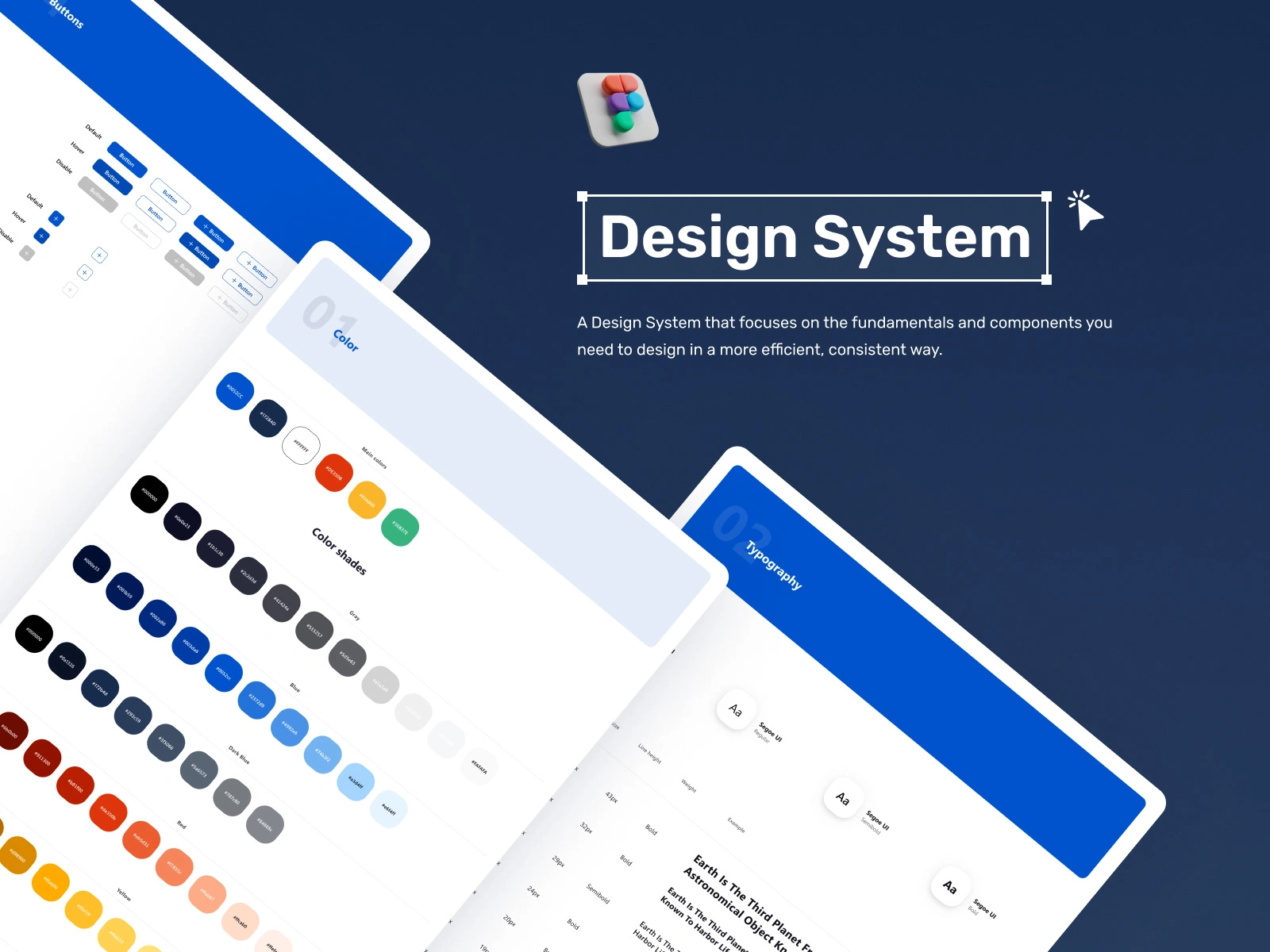
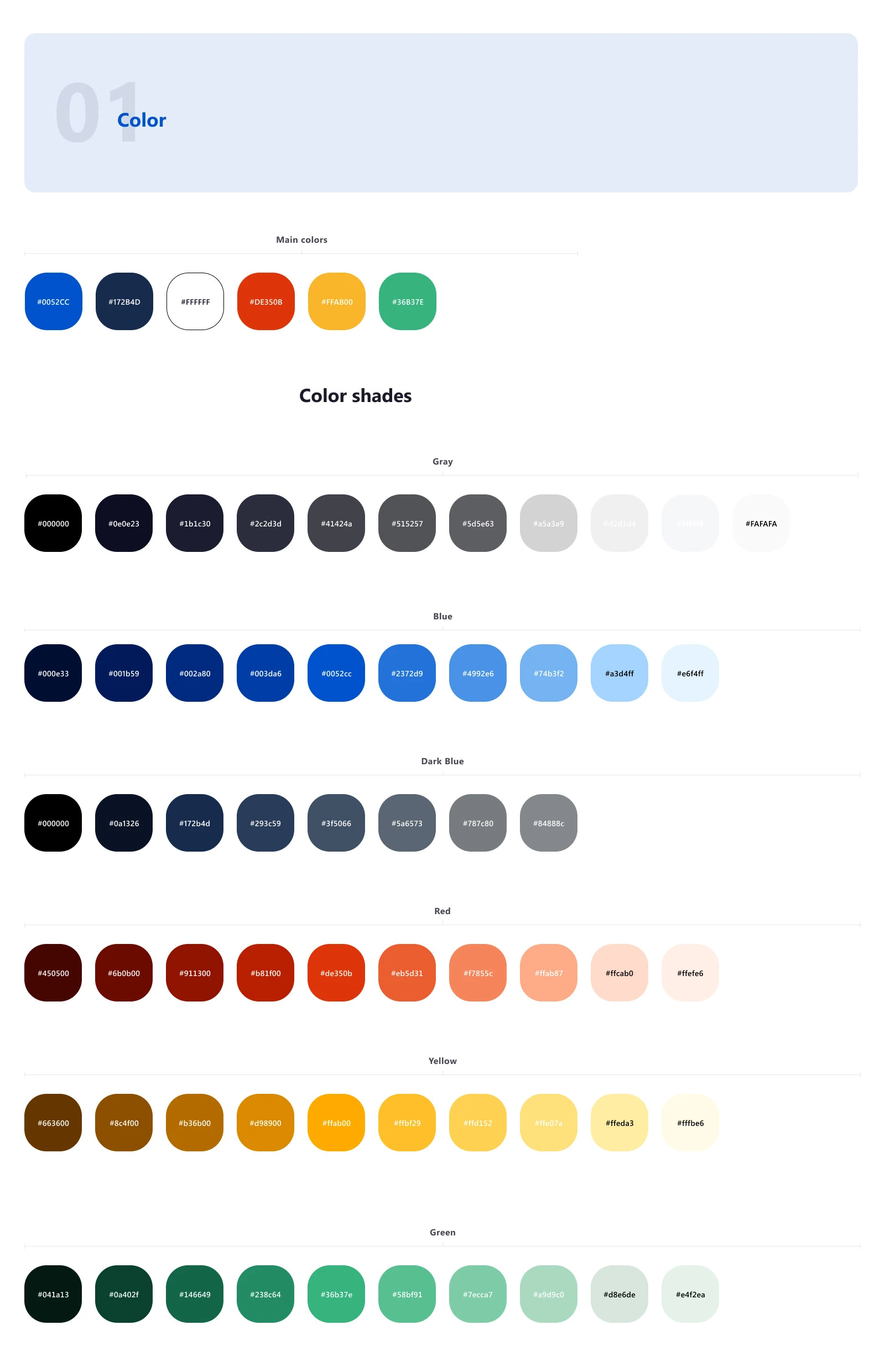

Our Figma Design System is a comprehensive and meticulously crafted toolkit that serves as the foundation for creating consistent, visually appealing, and user-friendly digital designs. With a focus on efficiency and collaboration, this system streamlines the design process, ensuring coherence and brand integrity across all projects. Harness the power of design consistency and creativity with our Figma Design System, enabling seamless collaboration and efficient design workflows.
Project Overview:
Figma Design System: Harmony in Creation is a project focused on developing a comprehensive design system within Figma, aimed at establishing consistency and efficiency in the creation process for designers.
Challenge:
The primary challenge is to create a unified design system that facilitates collaboration, maintains consistency across projects, and streamlines the design workflow within the Figma environment. Balancing flexibility for individual creativity with standardized elements poses a significant challenge.
Solution:
The solution is a robust design system built within Figma, fostering harmony and consistency while allowing for creative freedom. It aims to offer a centralized repository of reusable components, guidelines, and best practices to expedite design processes.
Research:
Secondary Research:
Secondary research Analyzing existing design systems, industry-standard practices, and Figma's capabilities in fostering collaborative design environments.
Primary Research:
Primary research Engaging with designers and Figma users to gather insights into their pain points, preferences, and expectations from a design system within Figma.
Personas:
Personas such as Creating personas representing different types of designers, ranging from UI/UX designers to graphic artists, to understand their unique needs and workflows within Figma.
Ideation:
Ideation will focus on conducting brainstorming sessions to ideate on a wide array of design components, patterns, and guidelines suitable for inclusion in the Figma design system.
User Stories:
Identifying user stories derived from personas to map out essential features and functionalities aligning with different designer requirements using the Figma design system.
Design:
Wireframes:
Wireframes will be created to outline the user interface of the platform, showcasing the layout and structure. These visual representations will facilitate early feedback and usability testing.
Moodboard:
The moodboard will define the visual identity of "Figma Design System" It will curating design elements representing harmony, consistency, and flexibility to guide the visual direction of the design system.
Style Guide:
A comprehensive style guide will establish consistent design principles, encompassing color palettes, typography, iconography, and imagery. These guidelines will ensure coherence and cohesion across the platform.
Hi-Fidelity Wireframes:
High-fidelity wireframes will transform the design concepts into detailed, interactive prototypes. These prototypes will demonstrate the final look and functionality of "Figma Design System" encouraging engagement and user feedback.
Prototypes:
Building interactive prototypes showcasing the design system's components and demonstrating their usage within the Figma environment.
Testing:
Usability Testing:
Usability testing will involving designers to test the usability and effectiveness of the design system components within Figma, ensuring ease of use and efficiency.
Redesign:
Iteratively refining the design system based on testing outcomes to enhance user experience and address any identified issues.
Reflections:
Reflecting on the impact of "Figma Design System: Harmony in Creation" on the design community, emphasizing improved efficiency, collaboration, and design consistency within Figma.
Development Process:
Involving the selection of appropriate technology stacks for design system implementation within Figma, establishing methodologies for collaboration, both frontend and backend development within the Figma environment, designing databases for storing design elements, rigorous testing, quality assurance, and finally deployment within Figma for designers' use.
This structured breakdown outlines the various stages and processes involved in the development of the "Figma Design System: Harmony in Creation" project focused on enhancing design workflows within the Figma environment.
Like this project
Posted Dec 14, 2023
Our Figma Design System is a comprehensive and meticulously crafted toolkit that serves as the foundation for creating consistent, visually appealing.
Likes
0
Views
9




